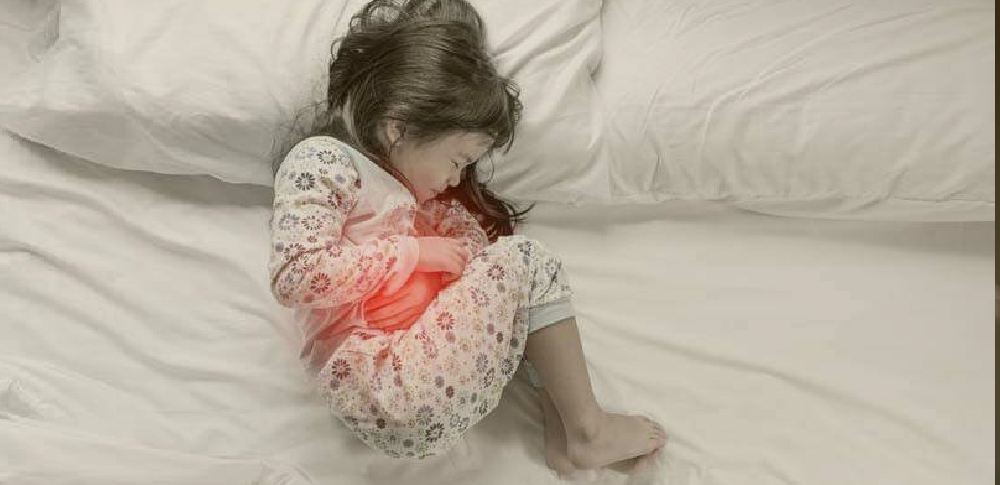How can you care for your child at home?
A UTI is an infection in your child’s urinary system, which includes their kidneys, the ureters that link them to the bladder, and the urethra where pee exits their body. Bacteria (germs) enter their urinary tract via the skin around their rectum and genitals, or the bloodstream from any region of their body. UTIs in children sometimes go undiagnosed since they are not always visible when a kid has an infection, especially if they are too young to express their symptoms. Urinary tract infections must be treated as soon as possible. You can easily connect with the broad team of GetareMD professionals and get quick doctor’s prescriptions online.
Kinds of Urinary Infection in Toddlers
UTIs are divided into two groups:
- Lower urinary tract infection (UTI): An infection in the bladder.
- Upper urinary tract infection (UTI): A kidney infection (one kidney, or both).
Causes a child urinary tract infection (UTI)
Urine is sterile (no bacteria or other infectious organisms are present) and includes fluids, salts, and waste products. When bacteria attach to the opening of the urethra (the hollow tube that transports pee from the bladder to the outside of the body) and grow, an infection arises. The majority of infections are caused by Escherichia coli (E. coli) bacteria, which ordinarily dwell in the digestive system.
Signs and Symptoms Of UTI In Children
The most frequent signs and symptoms of a UTI are as follows. However, each youngster will have a unique experience.
• Fever.
• Abdominal ache or fullness
• Strong, odorous urine
• Slow growth. Inability to thrive.
• Loss of weight or failure to acquire weight
• Irritability.
• Diarrhea and vomiting
• Poor appetite
• Exhaustion.
• Jaundice.
How Do Pediatricians Screen For UTIS in Toddlers?
Following a conversation about your child’s history and a physical examination, the healthcare professional may request the following tests:
• Urine tests, such as leukocyte esterase and urine culture, are used to detect the presence of bacteria or white blood cells.
• Blood tests are used to check for infection or renal function.
• Kidney and bladder ultrasound or CT scan
• Voiding cystourethrogram (VCUG), an examination of the bladder and urethra to identify vesicoureteral reflux (when urine backs up to the kidneys instead of flowing out through the urethra).
Urinary Tract Infection Treatment in Children
To treat a urinary tract infection, antibiotics must be administered intravenously (through a needle into your child’s veins) or orally (they swallow the pills or liquid). Their doctor may also prescribe drugs to treat their fever and/or discomfort. Amoxicillin/clavulanate and cefixime are two common antibiotics.
• Cefpodoxime
• Cephalexin
• Trimethoprim/sulfamethoxazole
Care for Your Child At Home?
• Keep your child’s pelvic region as clean as possible, and educate them to do the same. This is especially crucial for females. Teach them to wipe from front to back to avoid contamination of the urethra.
• Make sure their water intake is not less than 8 glasses.
• They change underwear’s daily, or after sport activities.
• Educate them to keep their genitals dry and clean.
Note: Getaremd pediatricians are available 24/7 for a virtual assistance. You can easily connect through a phone or a video call.
Although a urinary tract infection is not a life-threatening disease, it may necessitate hospitalization or cause consequences that negatively impact your child’s quality of life. As soon as they exhibit symptoms, get them examined by a healthcare practitioner. Make certain that your child takes all of the medication that has been recommended to them. Even if they appear to be improving, they should continue to take the medicine until the treatment is completed. Get online treatment for Urinary Tract infections today.

